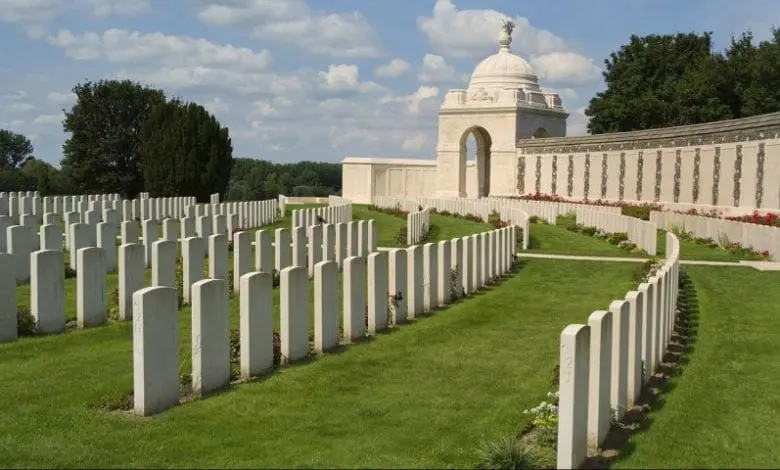Cemeteries around the world – Tyne Cot

Tyne Cot, or the Tyne Cot Commonwealth War Graves Cemetery and Memorial to the Missing to give the cemetery its full name is a Commonwealth War Graves Commission (CWGC) burial ground for the dead of the First World War in the Ypres Salient on the Western Front. It is the largest cemetery for Commonwealth forces in the world, for any war, and it is located outside of Passchendale, near Zonnebeke in Belgium.

